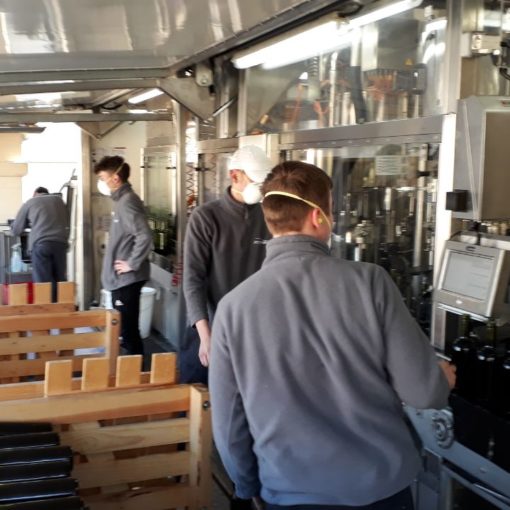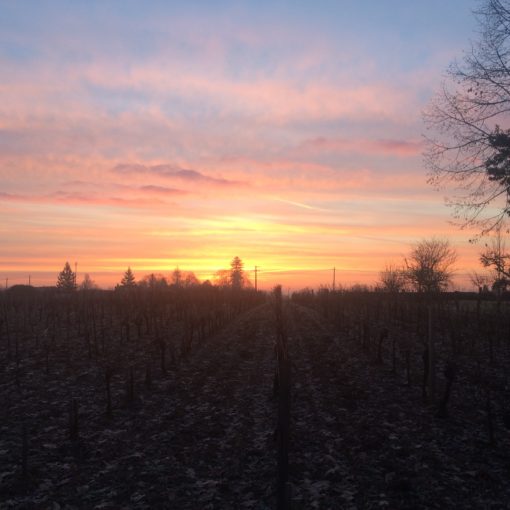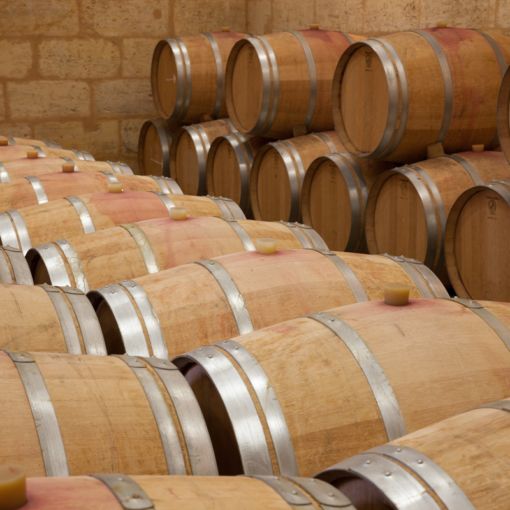For the Past Few Days, We’ve Started to Notice a Change in the Color of the Berries in the Vineyards of Château de Musset and Château Chêne-Vieux. This Marks the Start of Veraison.
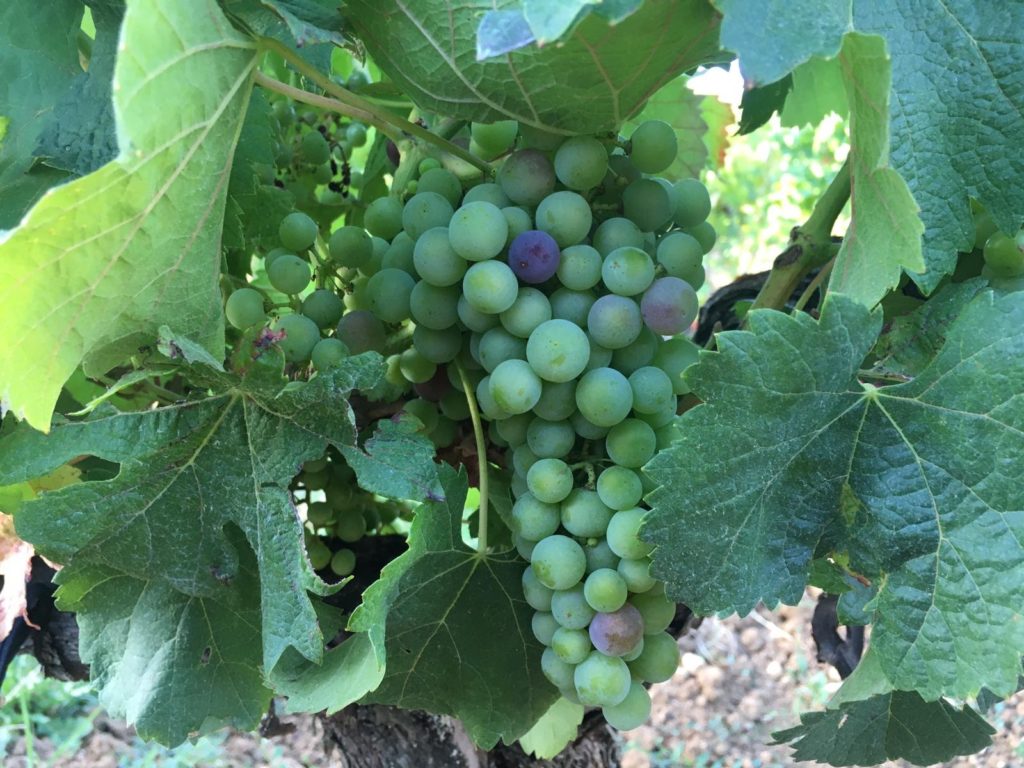
Veraison is the moment when the grape berries change color, going from green to red/purple, as seen here on a Merlot cluster. This occurs due to the appearance of anthocyanins, the natural pigments that will later be found in the wine, giving it its “color.” It’s also at this stage that the berries soften and gradually accumulate sugar until they reach maturity. As we explained in October 2019, it’s the regular monitoring of the different types of ripeness that guides us in starting the harvest. Usually, we can expect around 50 days from the moment when half of the berries have undergone veraison.
Although we can’t yet comment on the quality of the wine, as the weather up until harvest will play a very important role, we already know that the quantity of the harvest will be lower than in previous years. The reason is the particularly unfavorable weather conditions at the end of spring:
- First, hail, which fell at the end of April in Puisseguin and destroyed part of the crop. Just like frost, if hail falls after flowering (when the flowers appear) or fruit set (when the fruits form) and destroys the future grape clusters, they will not regrow within the year, meaning the vine will produce nothing.
⛈ Les orages sont localement accompagnés de grêle. Images impressionnantes à Puisseguin en Gironde. ➡️ https://t.co/pqAjSf2ndG pic.twitter.com/6pVgSEV48i
— Météo Express (@MeteoExpress) April 17, 2020
- Then, downy mildew, one of the main diseases of the vine, which affected several producers in the region. The weather favored the appearance of the disease, as downy mildew is a fungus that thrives in a humid climate, and it also hindered our ability to apply treatments. We prioritize “contact” treatments, which are more environmentally friendly than penetrating treatments, but they can be washed away by rain and require several days without precipitation to be applied.
Among the symptoms of downy mildew, spots appear on the leaves where the fungus’s eggs lodge. But more importantly, the berries shrivel, turn dark, and stop developing – this is called “brown rot.” Again, this means no production for the year, and it’s essential to collect the contaminated leaves during winter to prevent further spread the following year.
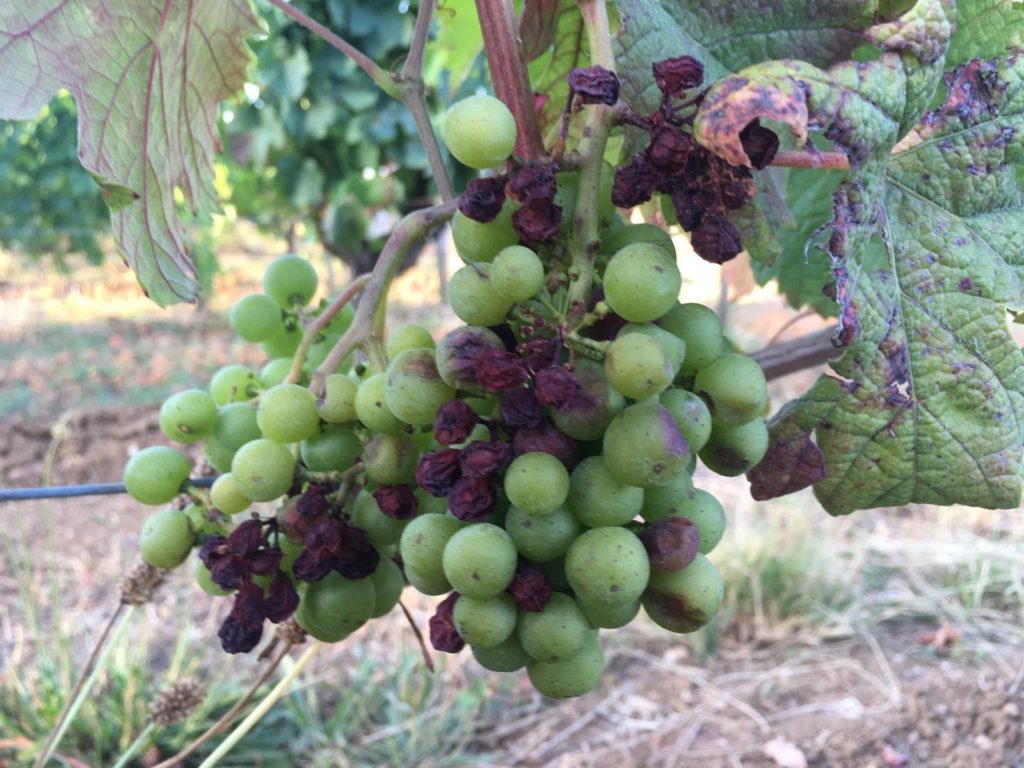
Now, we focus on the ripeness of the berries to prepare for the harvest… In the meantime, we wish you a wonderful summer.
